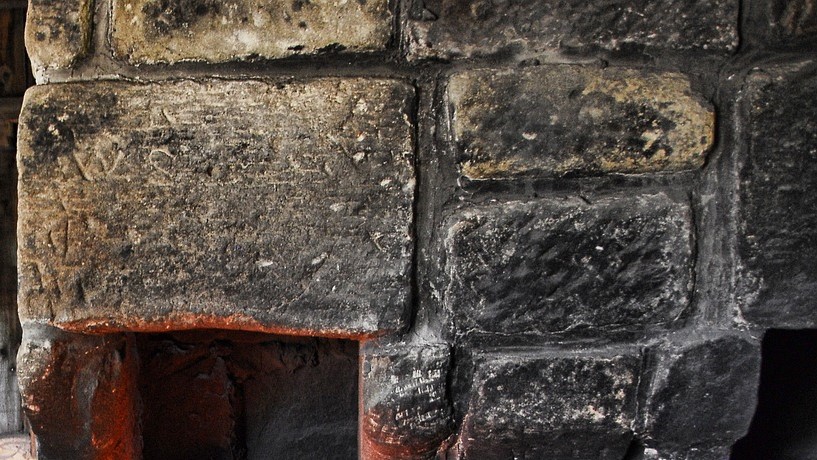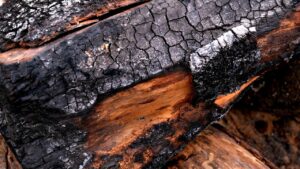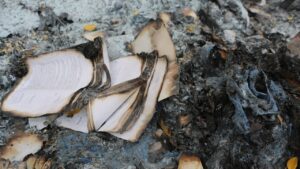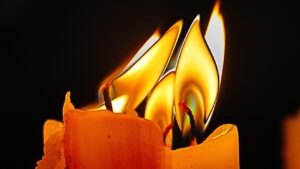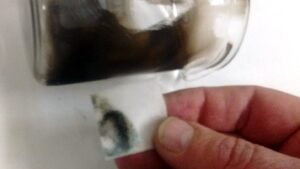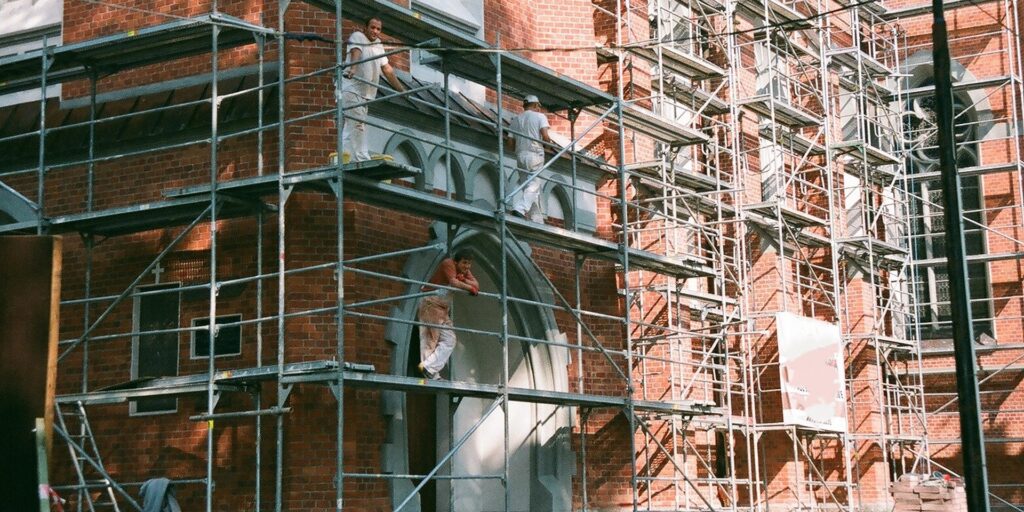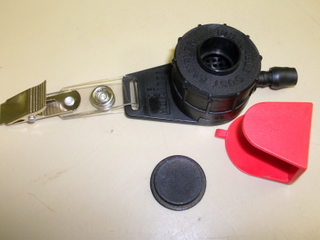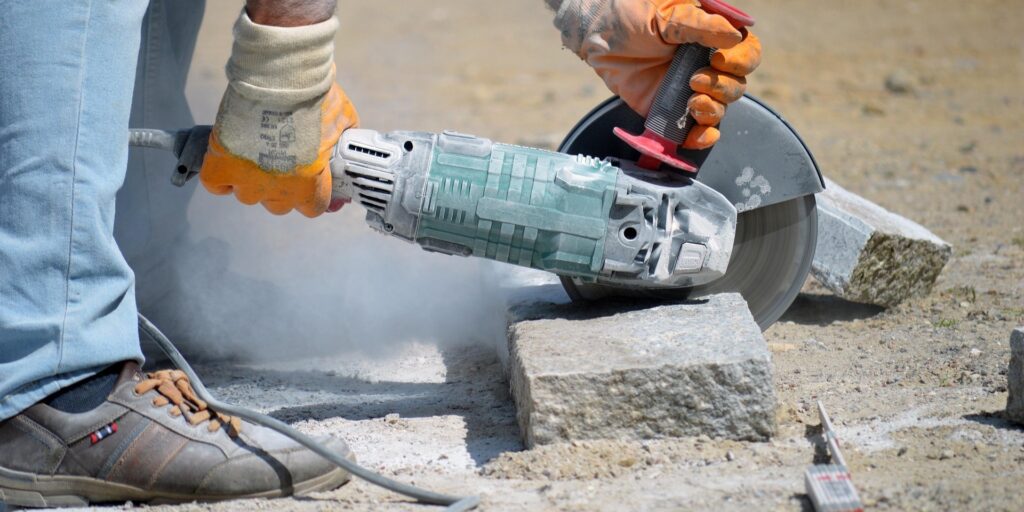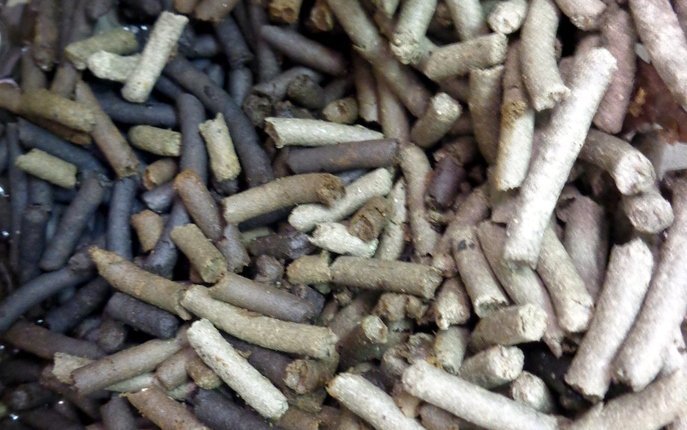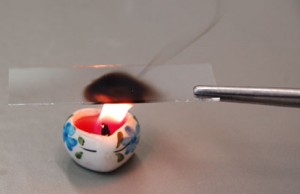
The concentration of soot deposited on surfaces is a widely used indicator of fire-related damage and helps define the boundary for smoke remediation following a fire event. Soot consists of extremely fine carbon particles mixed with oils, tars, and other trace chemicals. It is black, powdery, and very light, with particle sizes typically ranging from 0.1 to 10 microns. Because of its small size, soot travels easily with smoke and serves as a reliable marker for areas impacted by smoke.
Why Test for Soot?
Soot is often mistaken for environmental dust, road dust, or even black mould colonies. Not every dark stain on walls or ceilings is soot—and not every dark stain is related to a fire event. Visual inspections or simple “soot sponge tests” may indicate the presence of dark residues but cannot confirm whether the material is truly soot.
LCS Laboratory Inc. has developed and validated a quantitative soot analysis method using surface wipes collected according to the NIOSH 9102 protocol. Samples are typically collected from a 100 cm² area using pharmaceutical-grade isopropyl alcohol (IPA) wipes. Our data shows that only about 30% of submitted samples contain soot; most contain environmental or construction-related dust instead.
Typical Soot Concentrations on Damaged and Clean Surfaces
Based on the analysis of hundreds of samples collected before and after fire restoration, the following trends in surface soot deposition have been observed:
-
Tier 1: < 3 µg/100 cm² – Clean or undamaged surfaces. This level is typical for approximately 50% of all tested samples.
-
Tier 2: > 9 µg/100 cm² – Indicates significant soot contamination. Roughly 25% of tested surfaces exceed this concentration.
-
Tier 3: > 36 µg/100 cm² – Indicates elevated soot levels. About 10% of samples fall into this range.
These tiers reflect the statistical distribution of soot levels found on tested surfaces. They are not intended to assess health risks but rather to help identify unusually high soot contamination, particularly in smoke-affected areas.
Support for Consultants, Forensic Specialists, and Insurance Professionals
LCS Laboratory Inc. provides specialized soot testing to support environmental consultants, forensic investigators, and insurance professionals. Our testing delivers defensible, quantitative data that helps verify fire-related damage and determine the extent of contamination.
If you believe soot testing—or any of our other services—may benefit your project, please contact us for a free, no-obligation quote ©

